Maybe they got modest review scores, were poorly received by the fans, or maybe it was something else. I’m not here to say that they should be scored higher than they were, these are simply titles that I think don’t get enough love.
Halo: ODST
This is the “black sheep” of the Halo franchise, Halo: ODST. A spin off of sorts from the main series, ODST has you controlling a titular Orbital Drop Shock Trooper instead of series mainstay Master Chief and tracking down your lost squad mates.
What They Said: While the game received positive reviews, fan reception was generally lukewarm. Players criticized the shorter campaign and lack of Master Chief’s abilities (like regenerating health). This game also came out on the heels of the critically acclaimed Halo 3, so it was destined to fall short.
What I Though: I was late to the party on Halo (ODST being my second game after Reach) and found many of the complaints to be lacking. I enjoyed the tense and moody atmosphere of the nighttime sections along with the intense firefights of the daytime. And paying much less than the release price of the game, I found the campaign length to be sufficient for the price of admission.
Super Smash Bros. Brawl
The third entry in the wildly popular Smash Bros. series was my first true exposure to the game.
What They Said: “They” in this case will be Smash Bros. purists who consider Melee to be the only acceptable form of the game. They claim that Brawl was infinitely floatier (something I’ll never understand) than Melee, and that many of the exploits used in competitive matches were removed or toned down.
What I thought: I truly had no problem with Brawl. I found its controls to be far more solid and forgiving than the slippery GameCube entry. Brawl was the ultimate sync up three other controllers and play with your friends on a couch game. Better controls + Improved graphics + expanded roster = better game, right?
Super Paper Mario
Super Paper Mario was the third entry in the series, ditching the classic turn based battles of the previous two titles in favor of a more action-oriented side-scrolling RPG.
What They Said: Its predecessor (The Thousand Year Door) was critically acclaimed and it was absolutely adored by fans and has since become a rare cult classic that is begging for a remake. Hot off the heels of that success, Nintendo changed up the formula and eliminated the turn-based battles of the previous two entries while expanding the main party to include Mario, Peach, Luigi, and Bowser. Additionally, they ditched the mushroom kingdom in favor of a wacky tale of dimensions and a dark void. These changes were not well received by fans who were looking for another TTYD.
What I Though: While I was surprised at the series’ switch to action mechanics, I still enjoyed the structure and pacing of the games and the clever ways in which it subverted expectations. The plot also grabbed me, with a very Kingdom Hearts-esque tale of a dire fight against darkness. Not my favorite in the series, but a worthy addition certainly.
Assassin's Creed III
The third numbered entry in the Assassin’s Creed series saw native-american assassin Connor Kenway working to counteract Templar influence in colonial America.
What They Said: AC III received a lukewarm reception with critics and fans alike praising its setting and graphics but criticizing the poor pacing during the beginning of the game, numerous glitches, and hit-or-miss game mechanics.
What I thought:AC III was one of my favorites in the series mostly because of the setting. I’m a huge sucker for the American Revolution and felt that it was an incredibly underused setting for modern games. Moreover, I loved that the series was willing to break out of the box and include parkour and stealth in the wilderness. Add in the introduction of naval combat and you have the foundation for the outstanding Assassin’s Creed IV, a good game in and of itself. As for the clunky crafting and shipping mechanics, yes, they were indeed cumbersome. However, I ignored them entirely with little to no consequence. Sure, it’s a dumb mechanic, but if you can ignore it then what’s the problem?
Kingdom Hearts 358/2 Days
Another “Black sheep” 358 Days told the story of Roxas and his journey with the Organization during the time between kingdom hearts 1 and 2. It kept the same action RPG style as the other games but set up the story as a series of missions and allowed for four-player online missions.
What they Said: 358 received a lukewarm reception. While reviewers praised the impressive graphics that pushed the limits of what a DS could do, the story and overall package was criticized.
What I thought: While 358 isn’t my favorite in the series, it still holds its own as a unique spinoff for me. I found the story to be quite endearing, all the way through to the emotional finale that pits Roxas against one of his best friends. I’ve always enjoyed the inclusion of the Organization in the series, and to see a game that focused exclusively on them and allowed you to play as all of them in the multiplayer is cool as hell.
Pokemon Ruby/Sapphire/Emerald
The third generation in the enormously popular Pokemon series saw players catching, battling, and trading across the Hoenn region while fighting the nefarious teams Magma and Aqua.
What they Said: While the game was well received, criticisms were directed at the lack of difficulty, a staleness in the formula, and the Pokemon available for capture.
What I thought: First off, I thought the Pokemon that appeared in this generation were the best set that I’ve seen. This was the generation where you couldn’t go wrong in picking a starter, stylistically. While I don’t remember anything about difficulty, I have a bone to pick with the lack of innovation criticism. I think it’s stupid to criticize a game for lack of innovation when the game is good. People don’t buy Pokemon to see earth shattering changes each new title. They buy it because it offers more Pokemon in new locales. That isn’t a bad thing.
Ratchet: Deadlocked
This entry into the ever-popular series cut away a lot of what the series was known for: the platforming and exploring was ditched in favor of arena-style objective-based running and gunning.
What They Said: The game play and level design was repetitive, clank was gone as a playable character, and the game got generally more lukewarm reviews than others in the series.
What I thought: Cut away the platforming fat of the series and get down to the running and gunning that makes it truly fun. Sign me up. I loved this game, and though it was the first Ratchet and Clank game I played, it remains my favorite. My favorite level in any game is the arena level and in Deadlocked the whole game is the arena level. The vehicle segments are cool, Ratchet looks cool, it’s just good stuff.

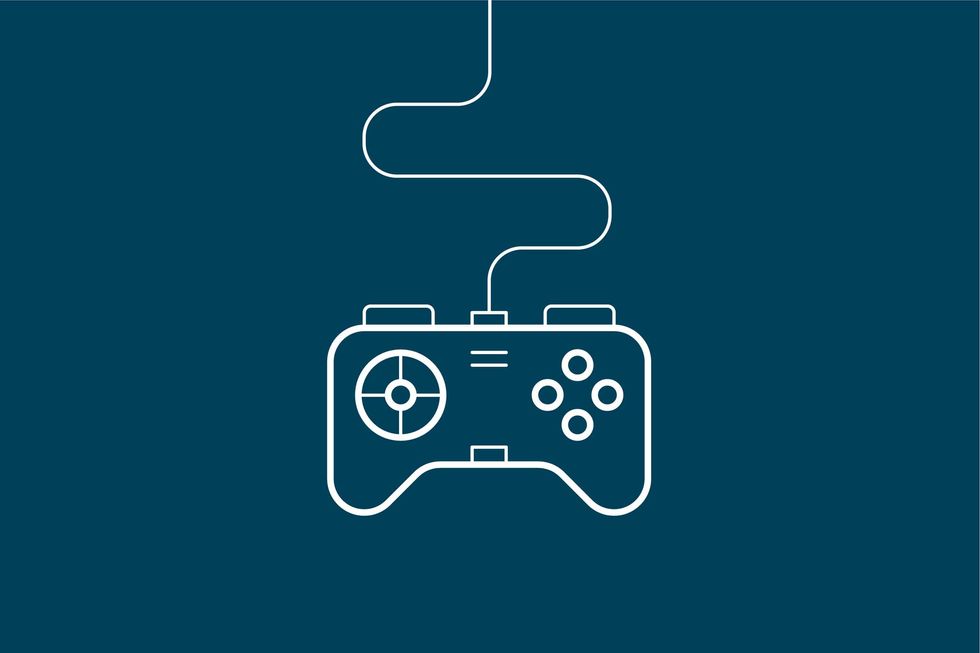
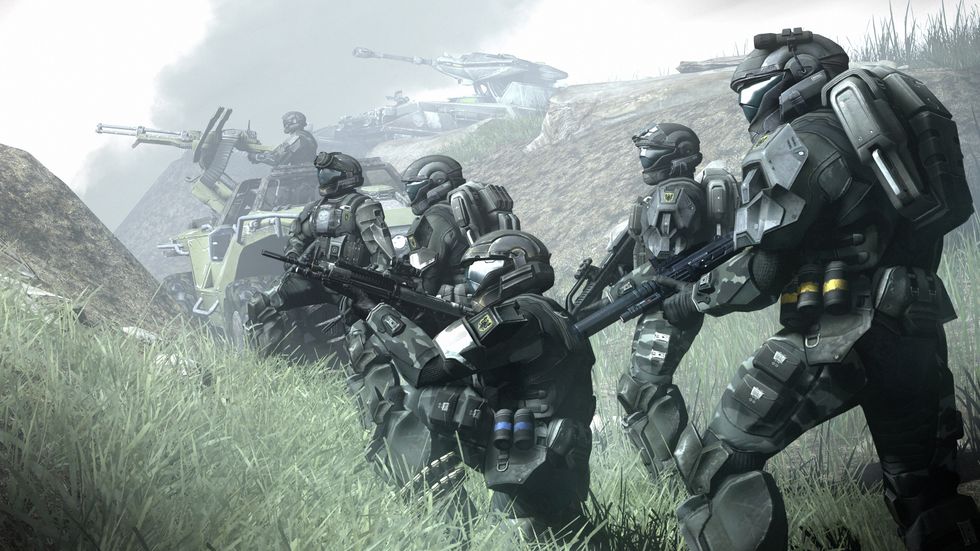
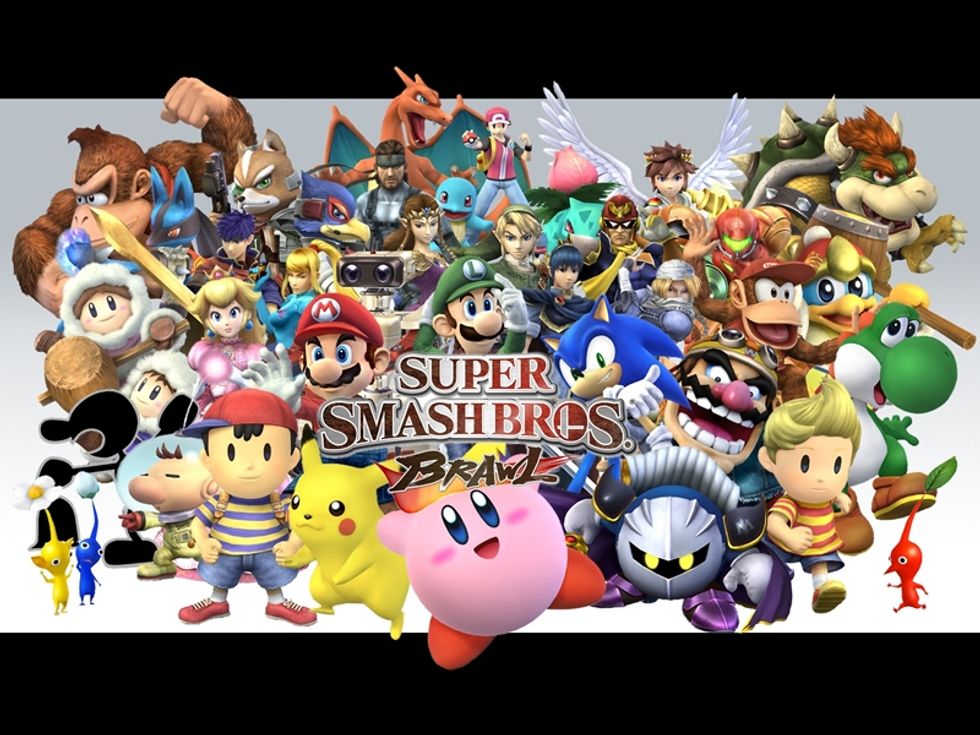
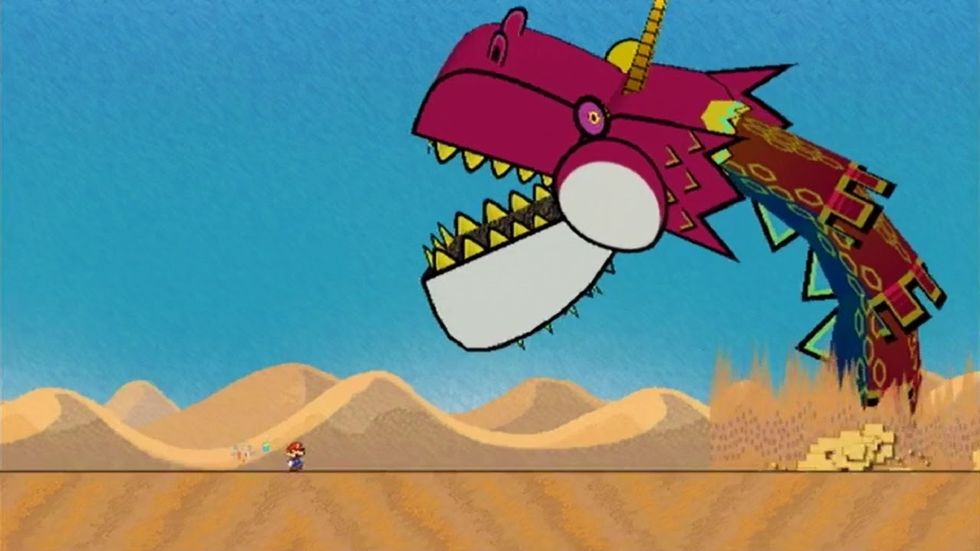
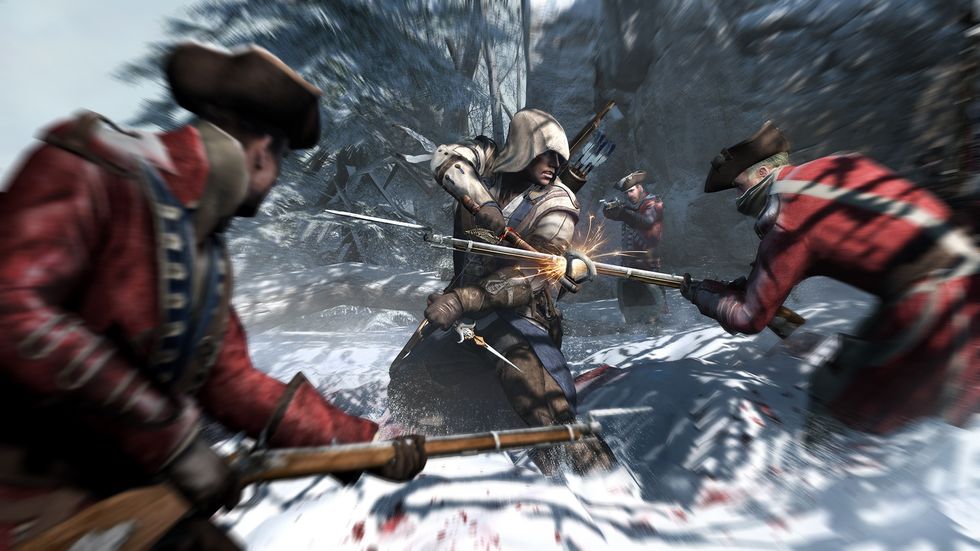
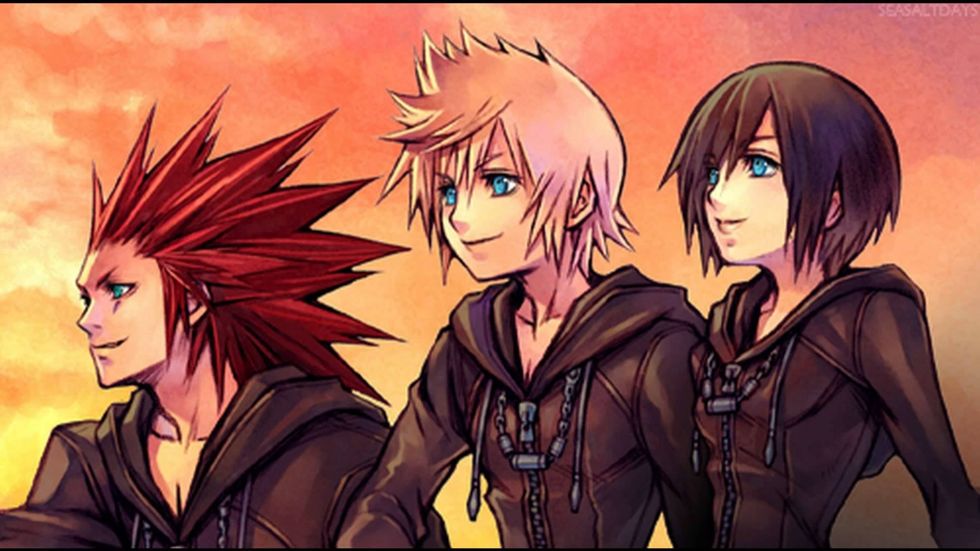

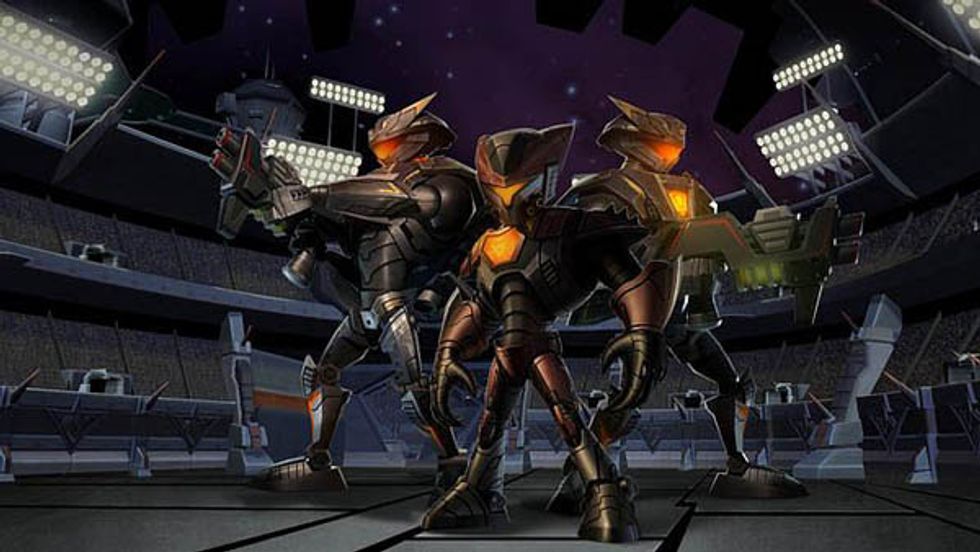

 Photo by
Photo by  Photo by
Photo by  a group of people sitting around a table with laptopsPhoto by
a group of people sitting around a table with laptopsPhoto by  people on beach during daytimePhoto by
people on beach during daytimePhoto by  Photo by
Photo by 












